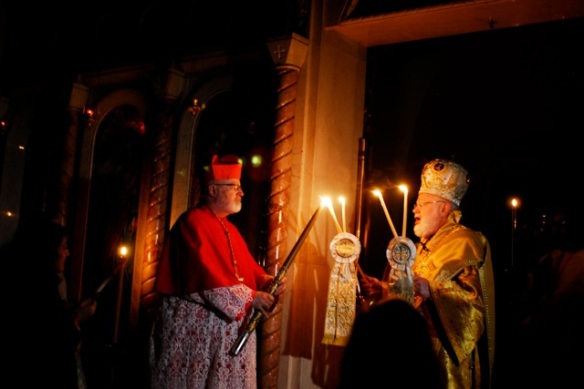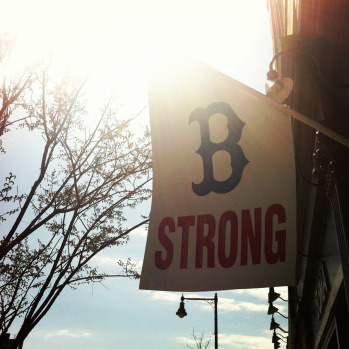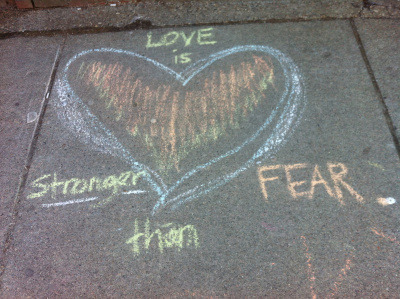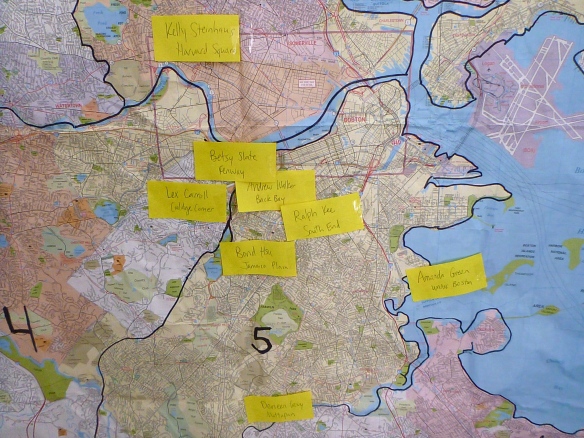On November 12, UniteBoston hosted Paul Fleischmann from the Better Together Ministry. 
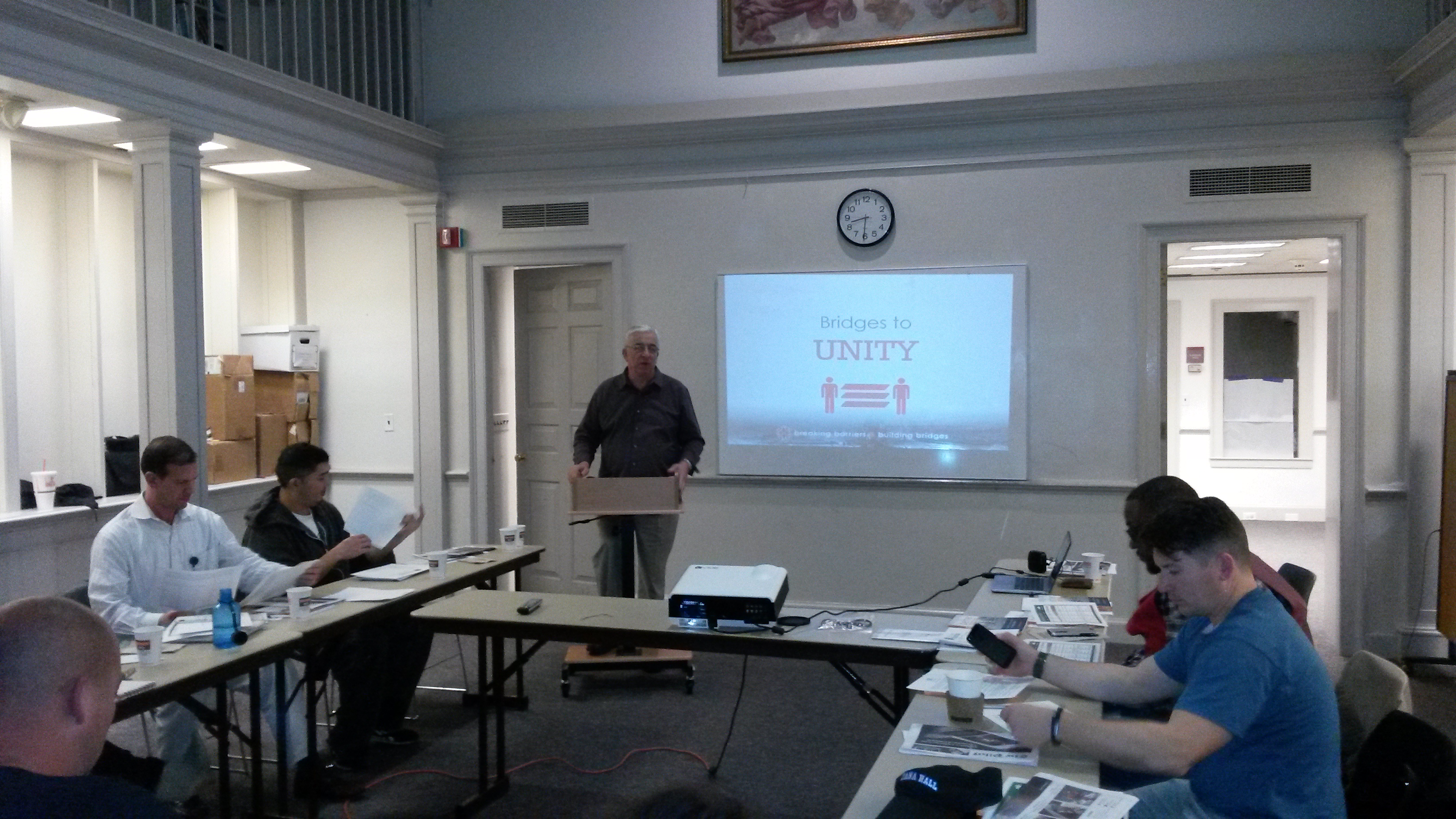
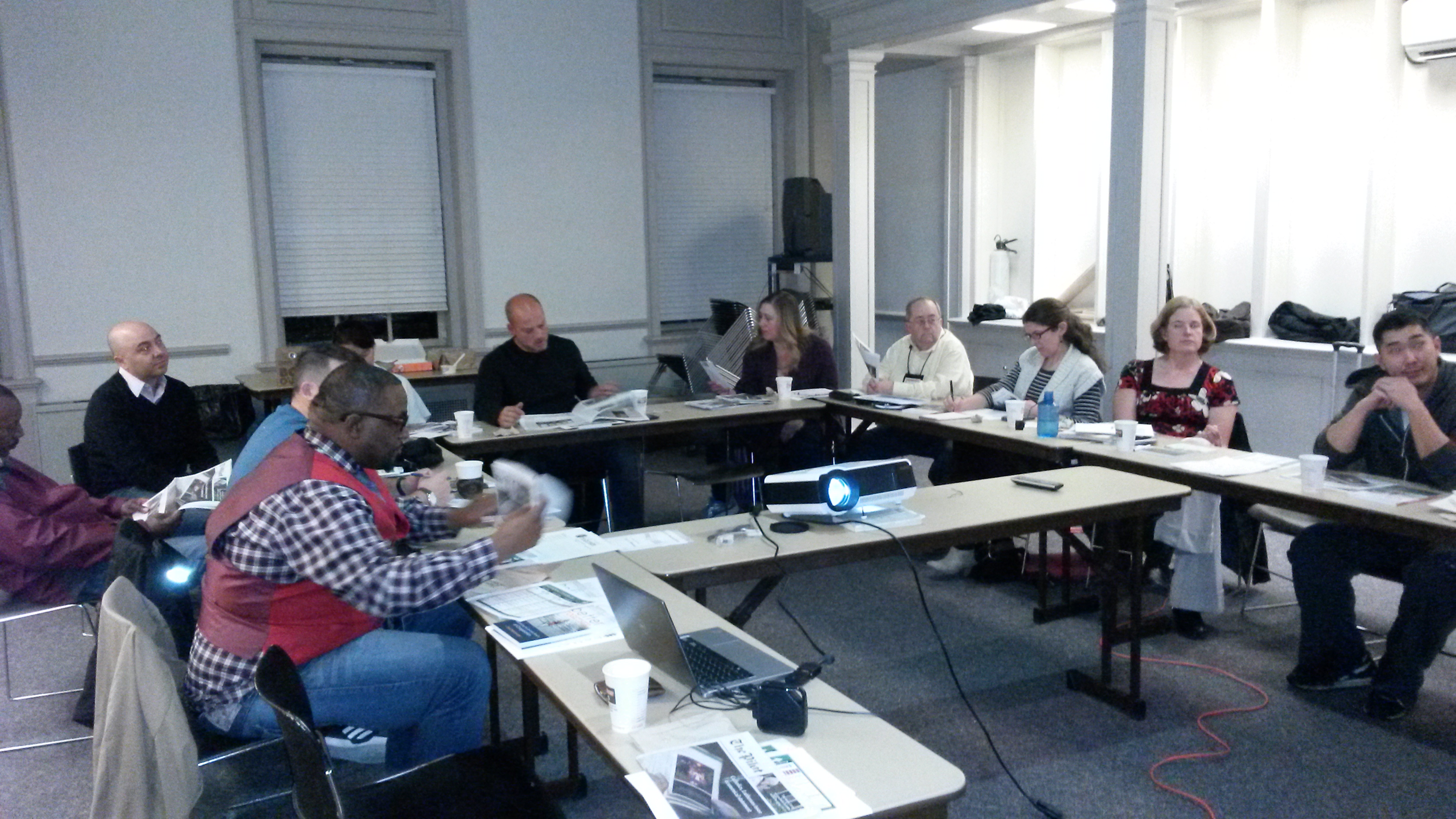
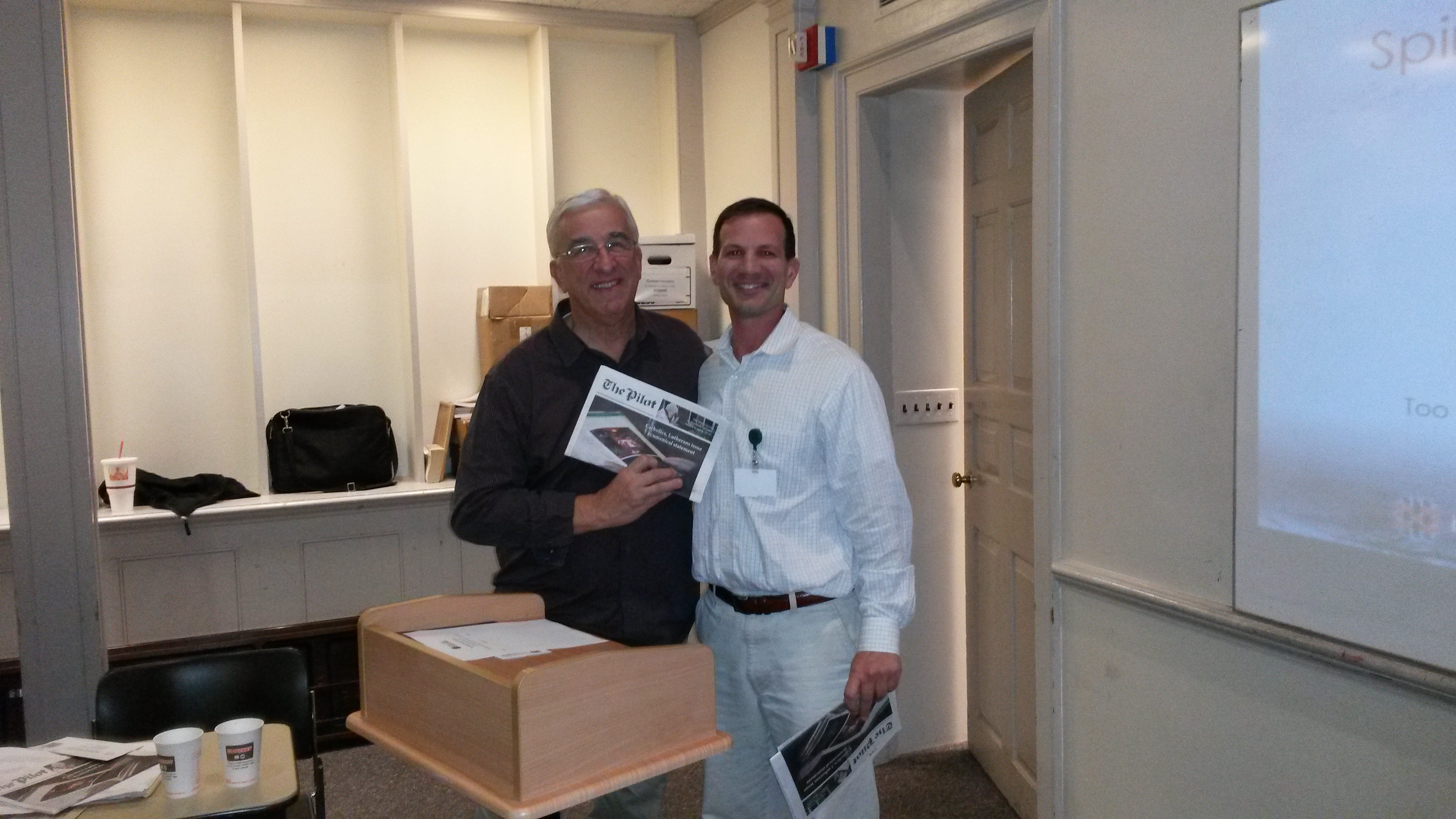
Stories and S’Mores on Singing Beach!
UniteBoston hosted a bonfire on Singing Beach on Saturday November 21st.
The night was beautiful; with a moonlit sky and the ocean waves crashing behind us, we shared stories around a campfire about how God was working in our lives.
New friends, great laughs, fun songs.





